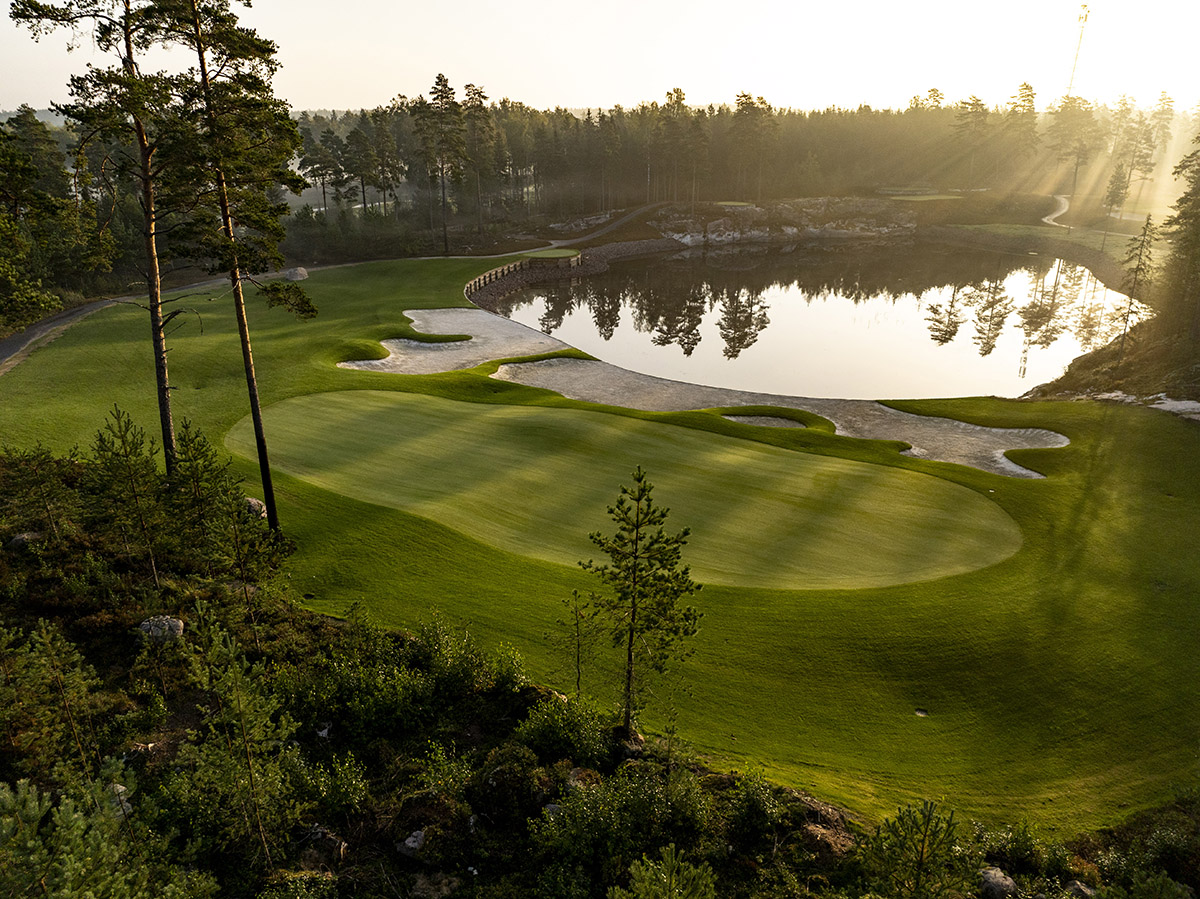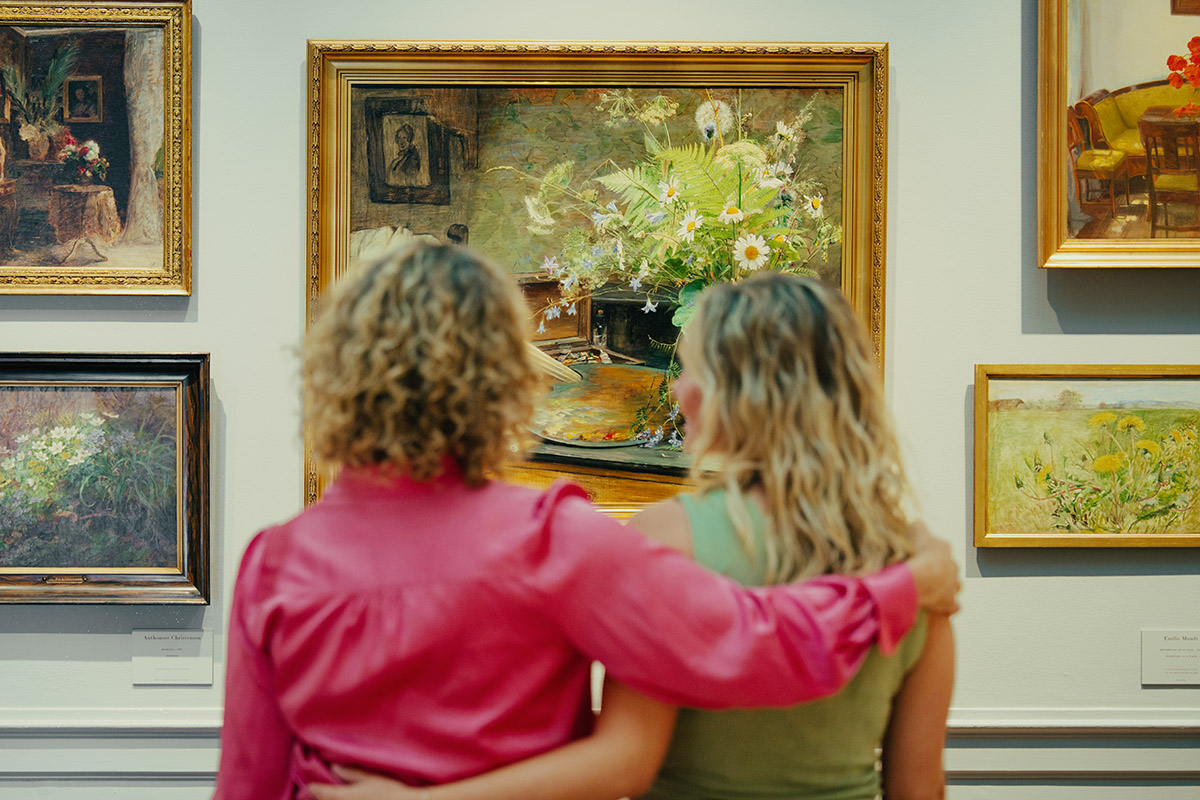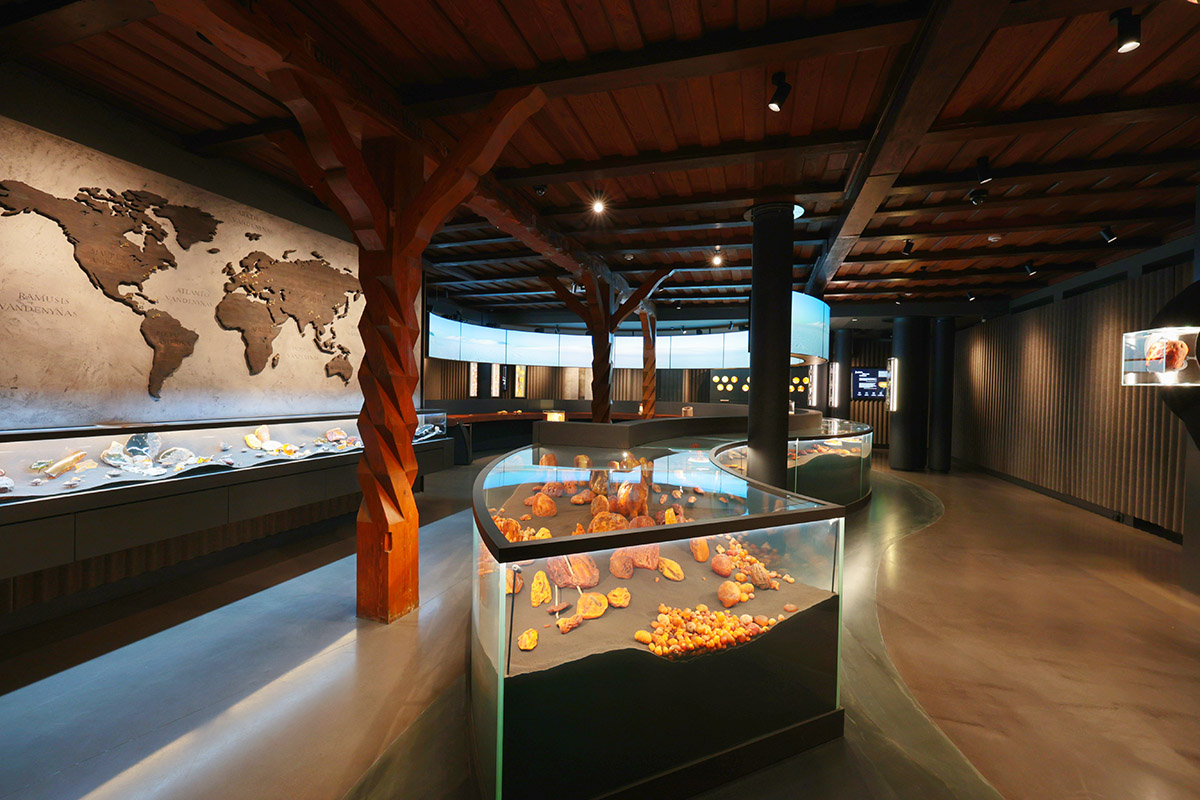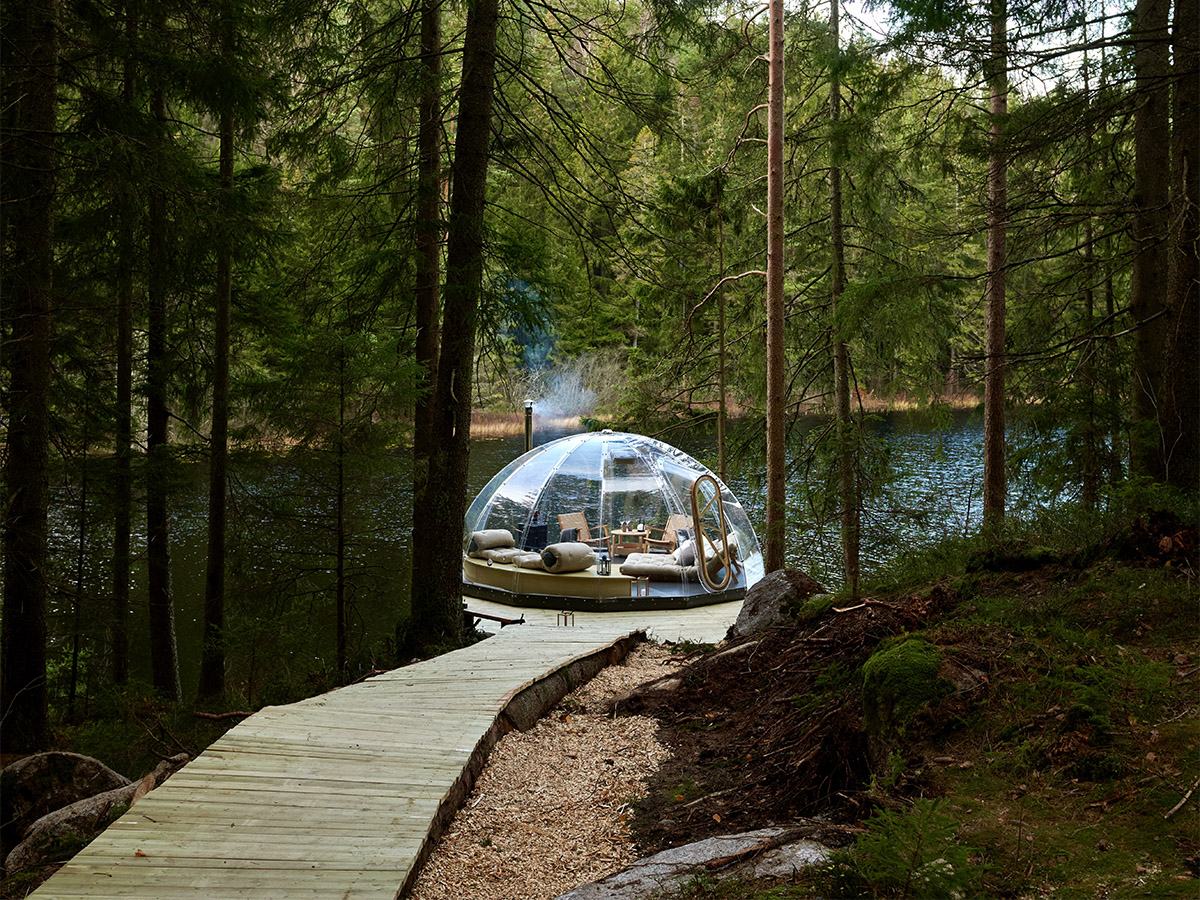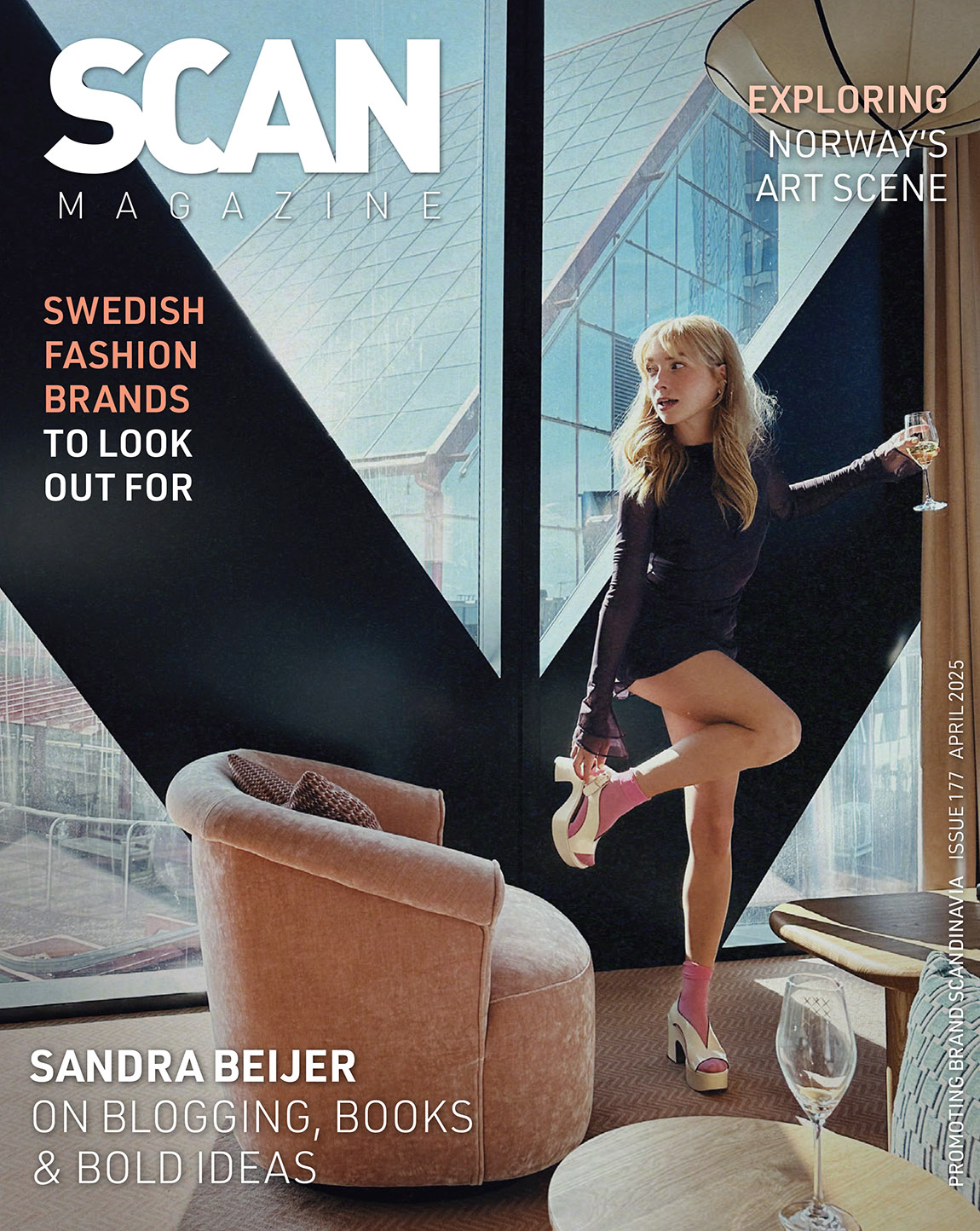Rundāle Palace Museum: A Rococo masterpiece
By Heidi Kokborg | Photos: Rundāle Palace Museum
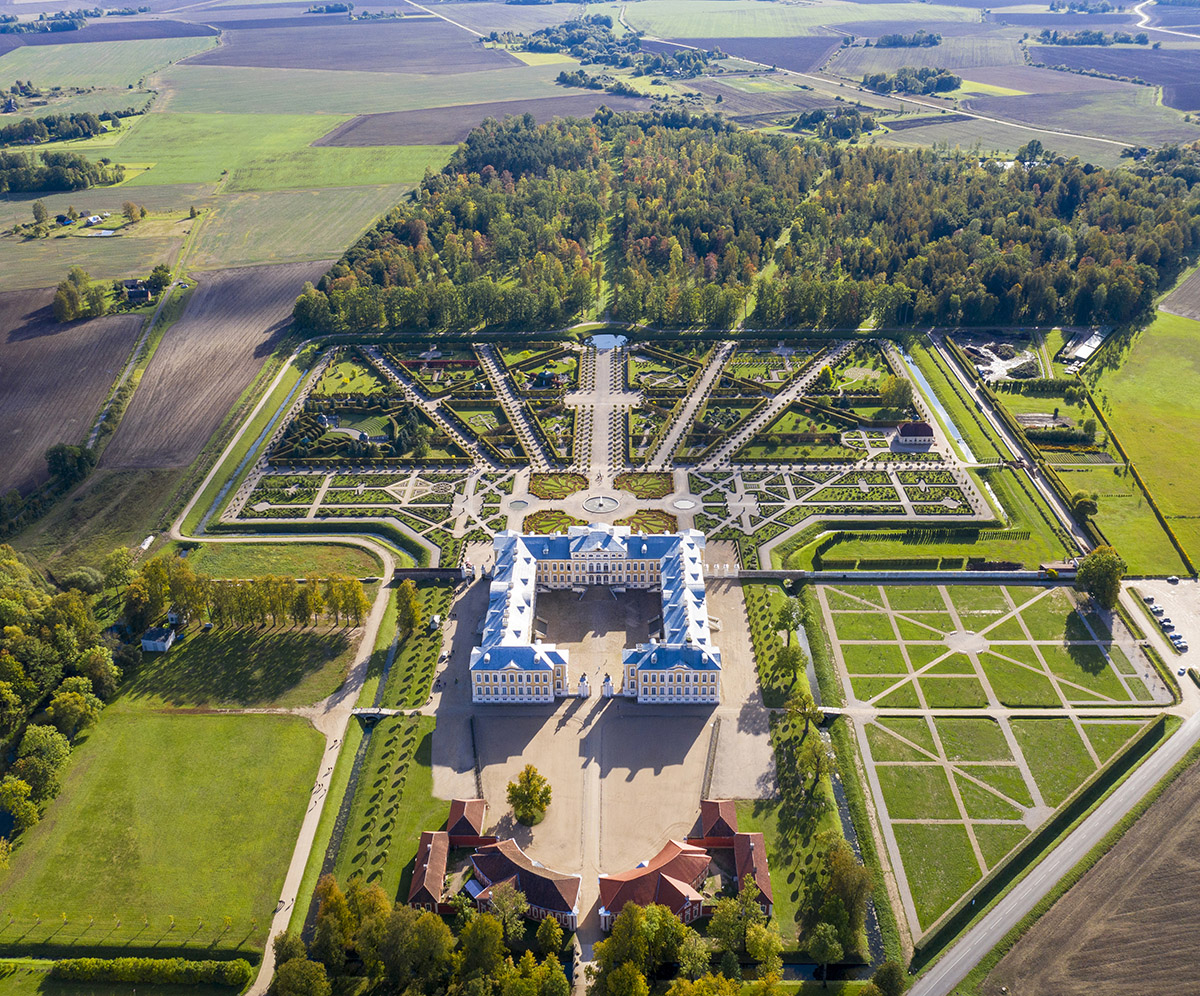
Hidden in the serene Latvian countryside, Rundāle Palace Museum is a treasure trove of history, art, and elegance. Designed by the world-renowned architect Francesco Rastrelli, this 18th-century Rococo masterpiece offers a glimpse into the life of the European aristocracy. Whether exploring the beautiful palace or strolling through the garden, visitors will feel the timeless beauty and cultural richness of Rundāle Palace Museum.
Built between 1736 and 1740, Rundāle Palace was commissioned by Ernst Johann von Biron, Duke of Courland and Semigallia and a favoured confidant of Empress Anna of Russia. The palace was designed to showcase his political prominence and influence within the Russian Empire. Francesco Rastrelli, the architect behind St. Petersburg’s Winter Palace, envisioned a building that would stand apart from any other in Latvia.
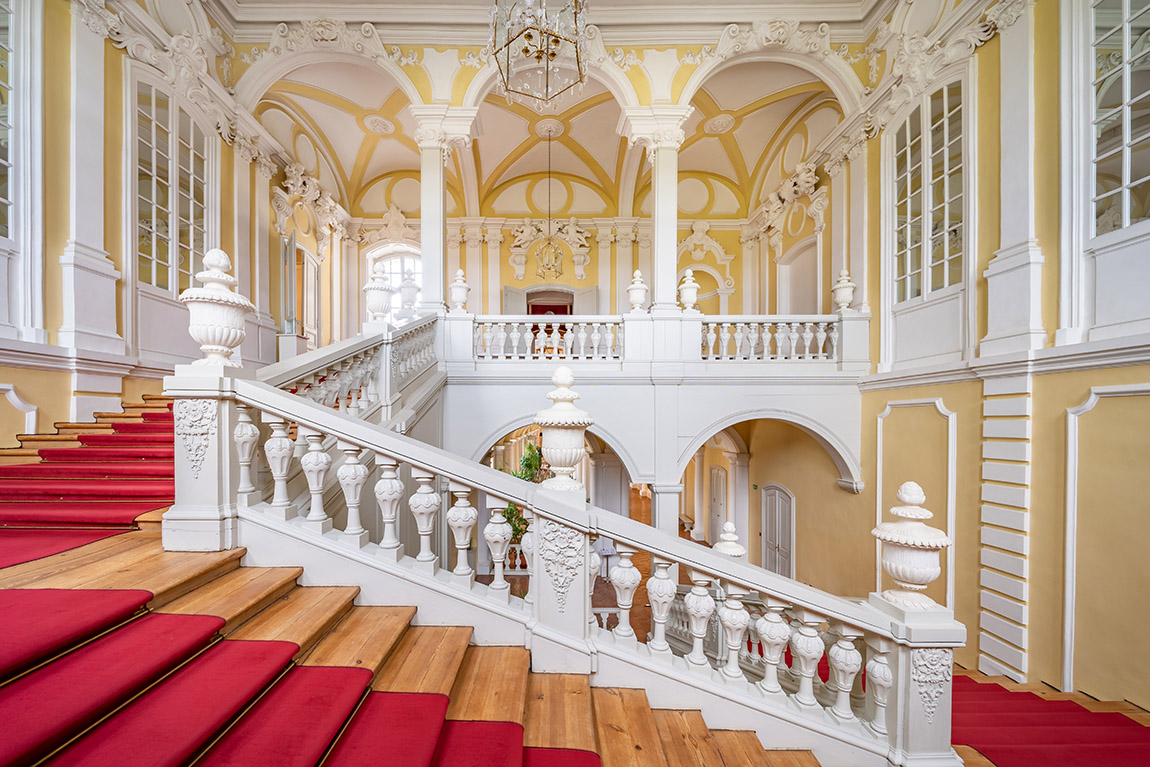
“Rundāle is not just a manor house—it was built as a true royal residence. Its Rococo interiors, with intricate floral motifs, seashell accents, and slightly asymmetrical designs, create a sense of lightness and joy. It is elegant but never overwhelming,” says Laura Lūse, Director at Rundāle Palace Museum.
Although construction was paused during Biron’s 22-year exile from Russia, it resumed upon his return in 1763, with international craftsmen brought to complete the interiors. As a result, the palace is a beautiful blend of styles, cultures, and artistry that you will not find elsewhere.
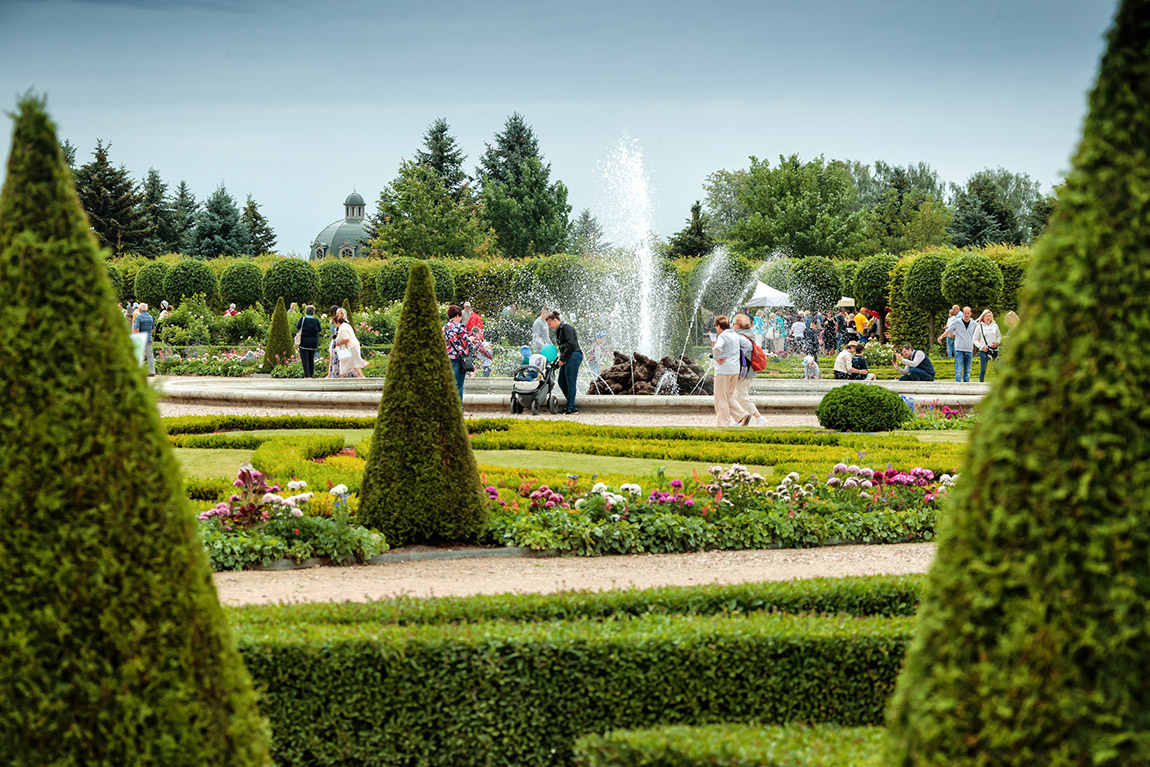
Preserving Latvia’s cultural heritage
Inside the palace, visitors can explore several permanent exhibitions showcasing art and design from the 18th century, from beautifully decorated staterooms to the fascinating From Gothic to Art Nouveau exhibition. This exhibition highlights the evolution of art and architecture across Latvia’s history.
One exhibition not to be missed when visiting Rundāle Palace Museum is the Church Art exhibition. This exhibition is a testament to the museum’s efforts to preserve Latvia’s religious heritage during the Soviet era. “In the Soviet period, religious organisations were forbidden, so we collected fragile items from churches and manor houses to protect them from being lost forever,” explains Lūse. The Church Art exhibition includes an elaborately carved wooden altar and other sacred works, the vast majority of which have had to be restored.
Rundāle Palace Museum also hosts a temporary exhibition every year, with this year’s highlighting the artwork of Rundāle’s former museum director, adding a personal touch to the exhibition.
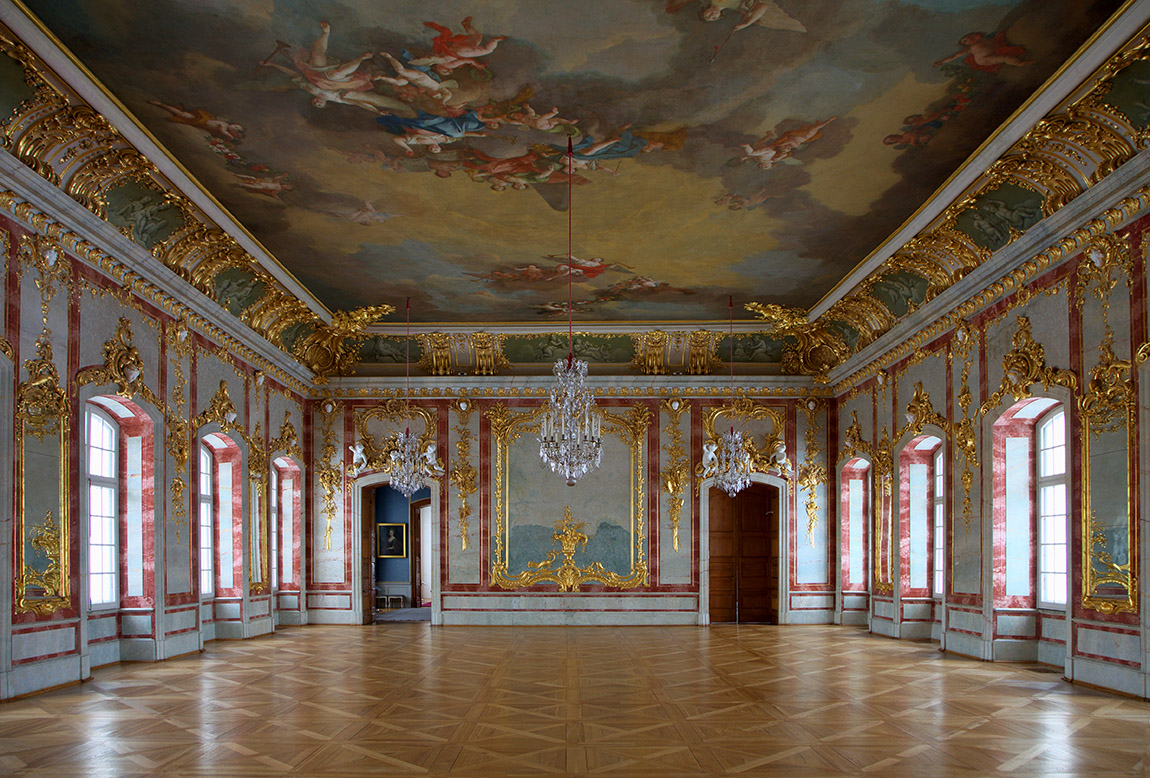
A living piece of history
The palace’s 10-hectare French garden, designed by Francesco Rastrelli as well, is an integral part of its charm. The garden has been carefully restored to its original layout and features elegant symmetry, ornamental pathways, and Latvia’s largest historical rose garden. This blooming masterpiece, with over 2,300 rose varieties, is at its most vibrant during the summer months.
“Our rose garden is a living piece of history. Visitors can see how roses have evolved over centuries, with some varieties blooming only briefly and others blooming throughout the season,” explains Lūse.
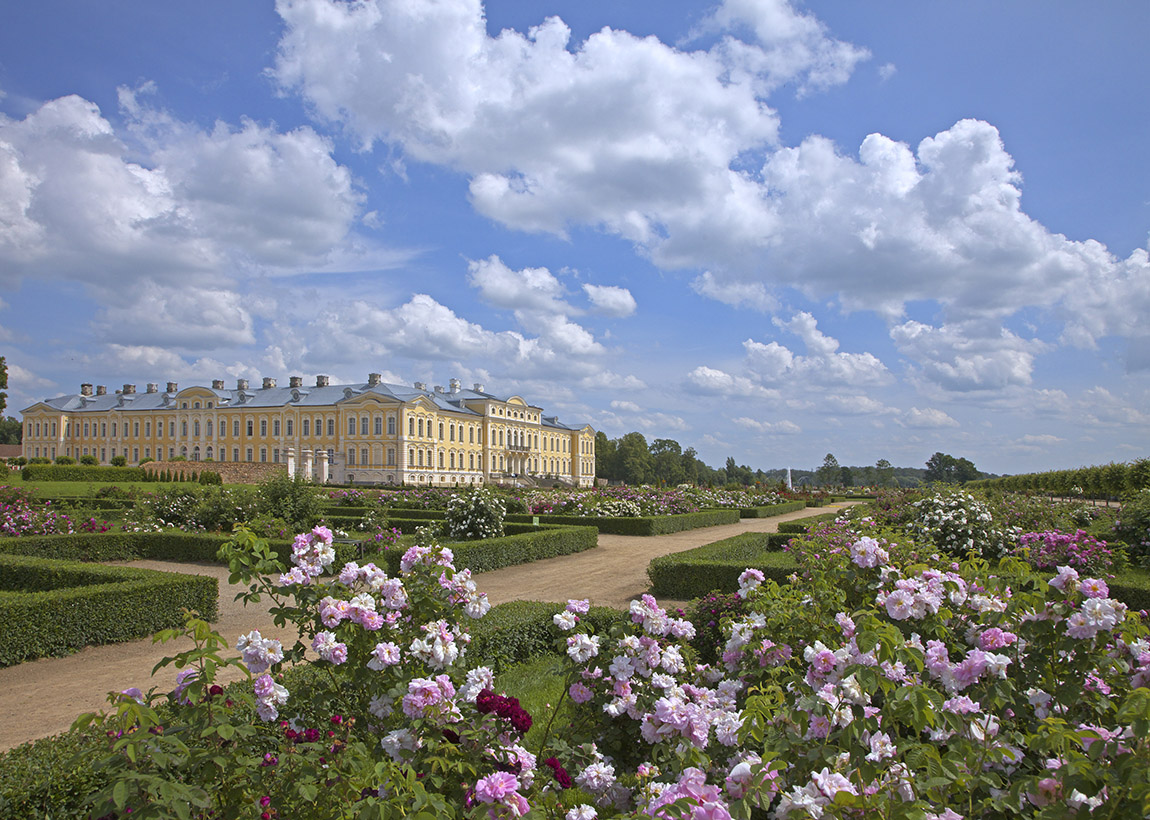
The highlight of the year is the annual Garden Festival, which will be dedicated to ‘Dance in the Garden’ and take place on the 28th of June this year. This event transforms the garden into a hub of music, dance, and celebration. Guests can attend dance lessons, enjoy entertainment from Riga Circus and an orchestra, and buy plants, crafts, and garden items. It is no wonder this day attracts crowds from near and far.
Beyond the garden, you’ll find the 32-hectare forest park, which offers plenty of walking trails. Once used for hunting by dukes, the forest park is now open to everyone and requires no entrance fee.
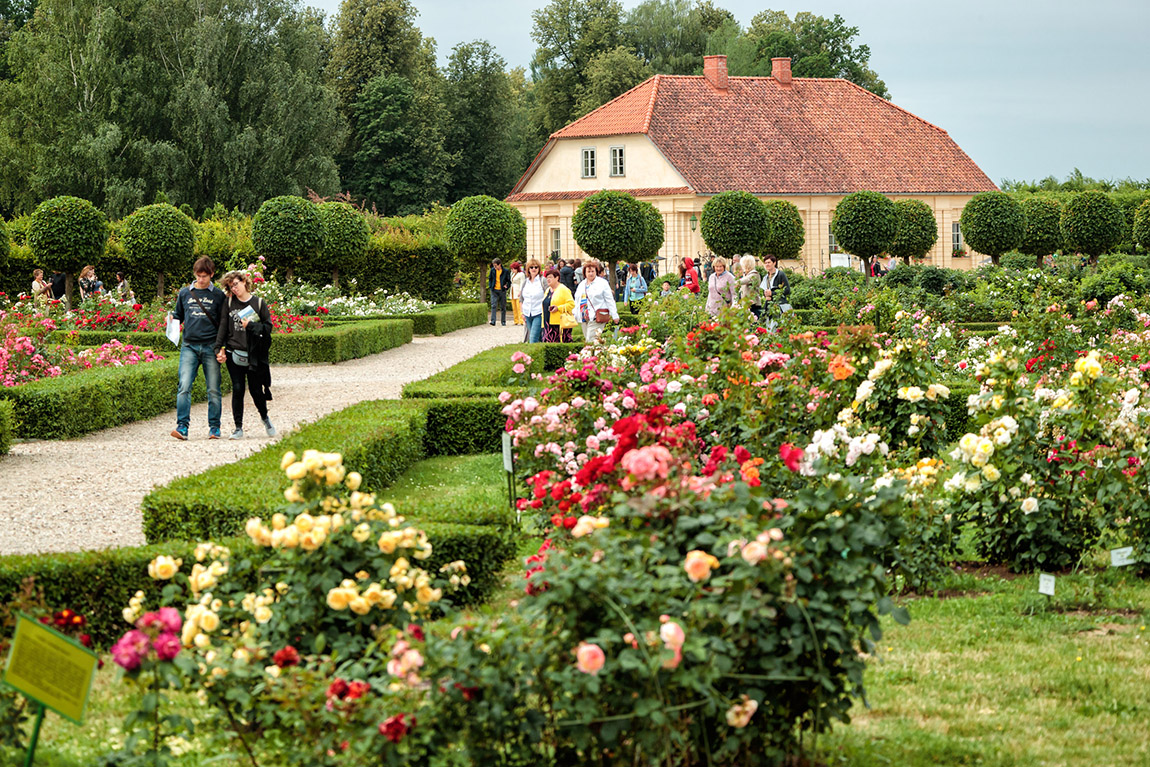
A visit to remember
Strolling through Rundāle Palace, it is easy to understand why the palace has a special meaning to Latvians. Unlike many grand European palaces, Rundāle is easy to navigate and feels rather intimate and welcoming. The Rococo style gives it a warm and uplifting atmosphere. “Our goal is to give visitors a sense of what life was like here. From the carefully curated 18th-century furniture to the vibrant gardens, we want people to imagine the elegance and charm of that era,” shares Lūse.
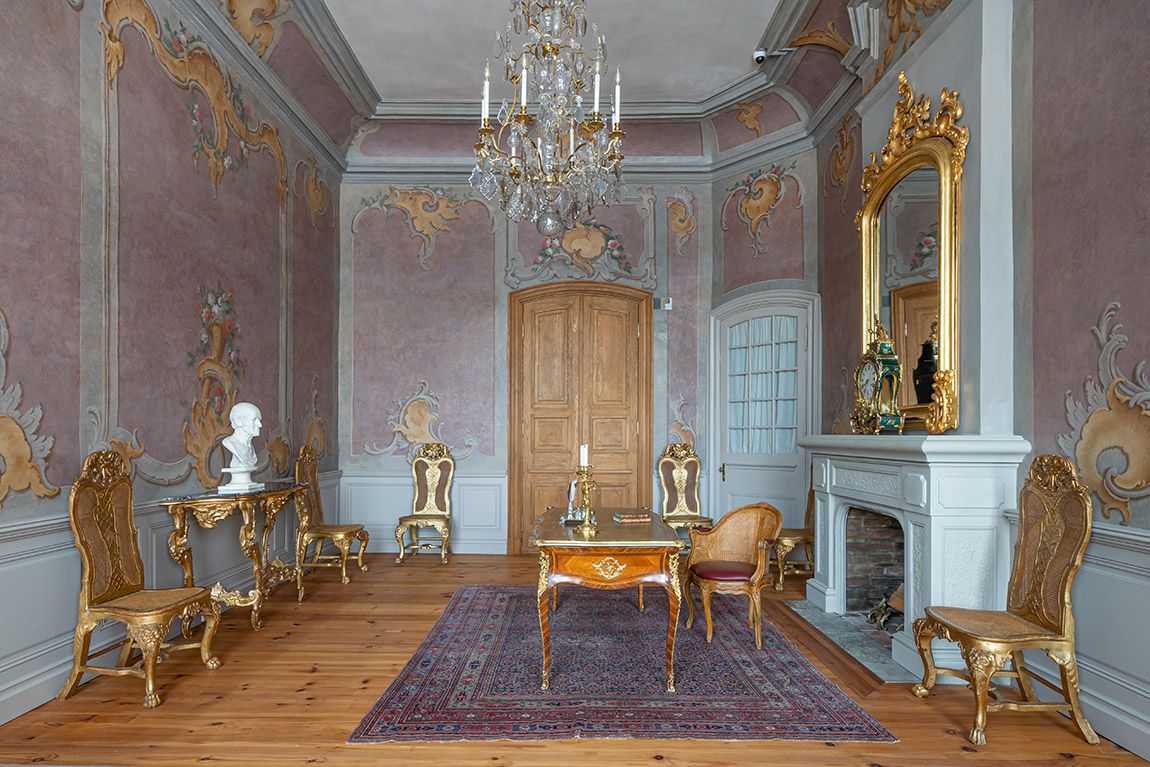
Rundāle Palace is also a hub for events, from historical garden festivals to educational programmes for children, like the Goose Game—a historical game from France that combines learning and fun. Visitors can also enjoy a coffee or lunch at the café, making their day trip complete.
From April to September, a direct bus runs from Riga Central Station to Rundāle Palace Museum, bringing guests to the palace in just 1.5 hours.
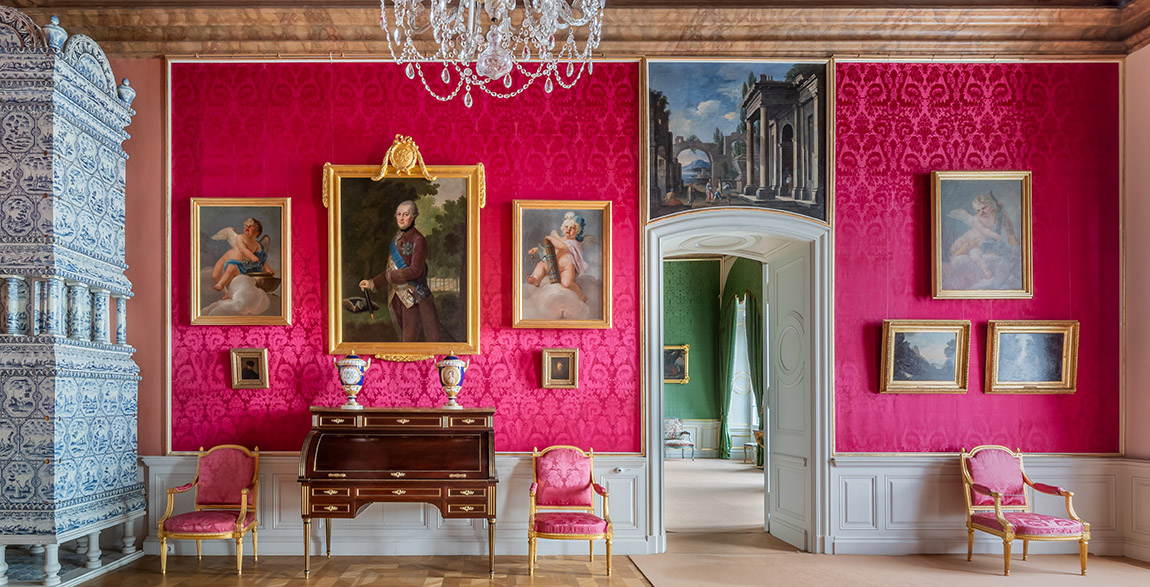
Web: www.rundale.net
Facebook: Rundāles pils/RundālePalace
Instagram: @rundalespils
Subscribe to Our Newsletter
Receive our monthly newsletter by email

